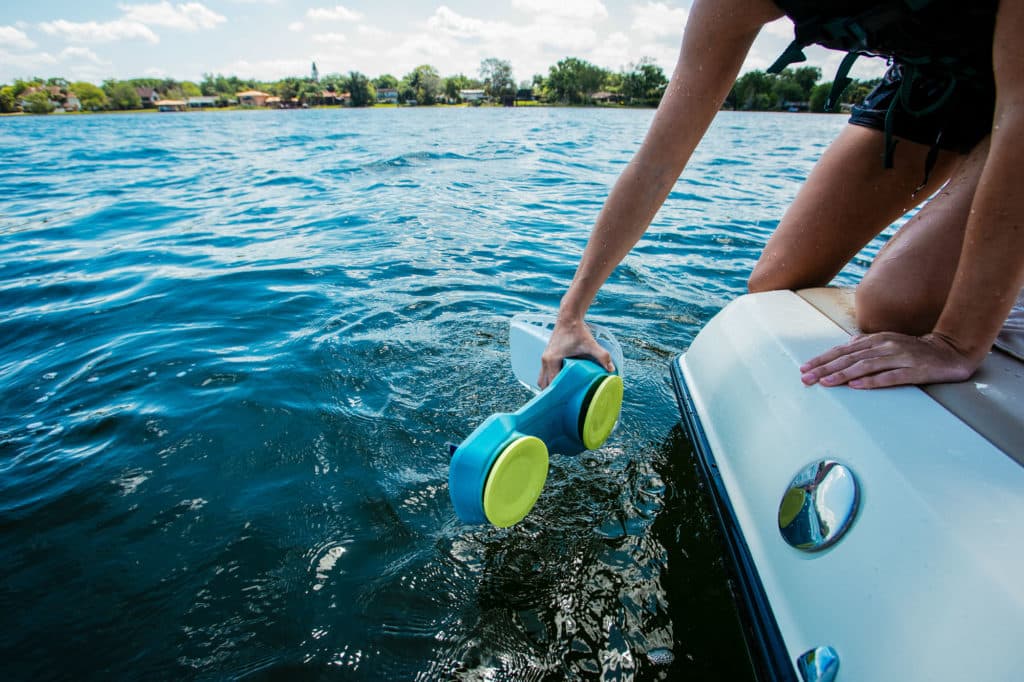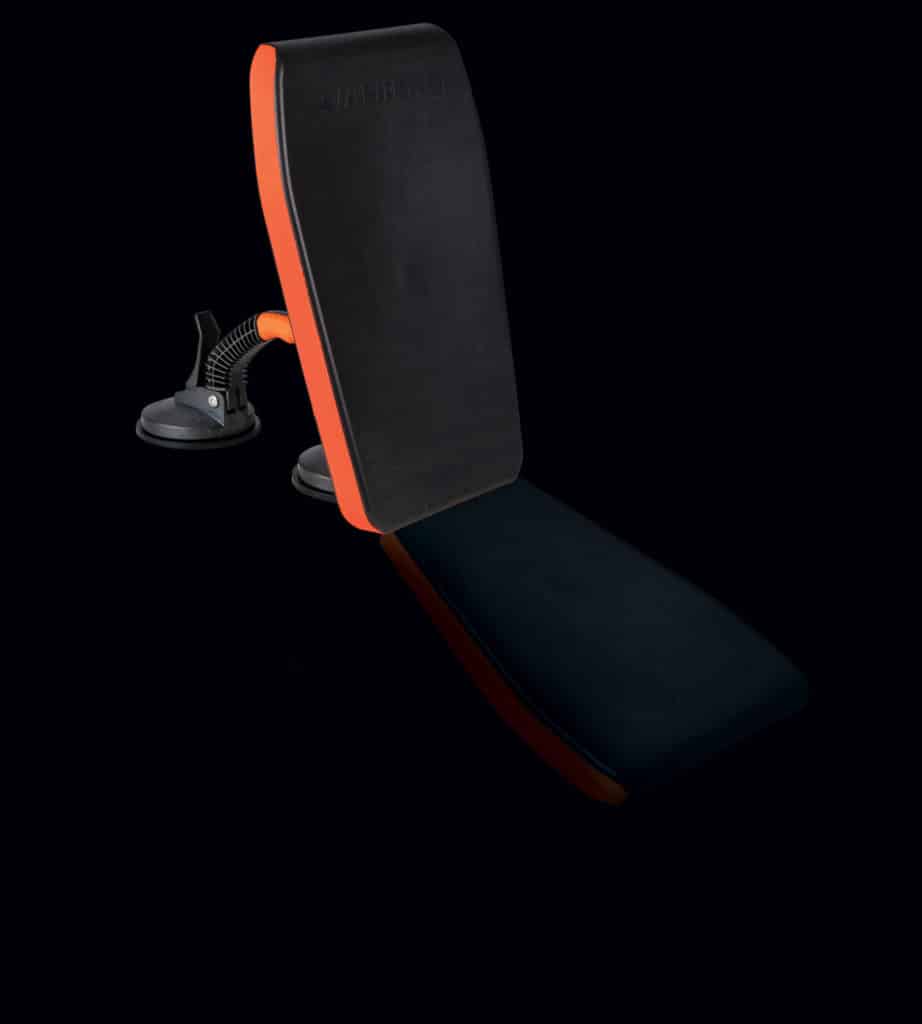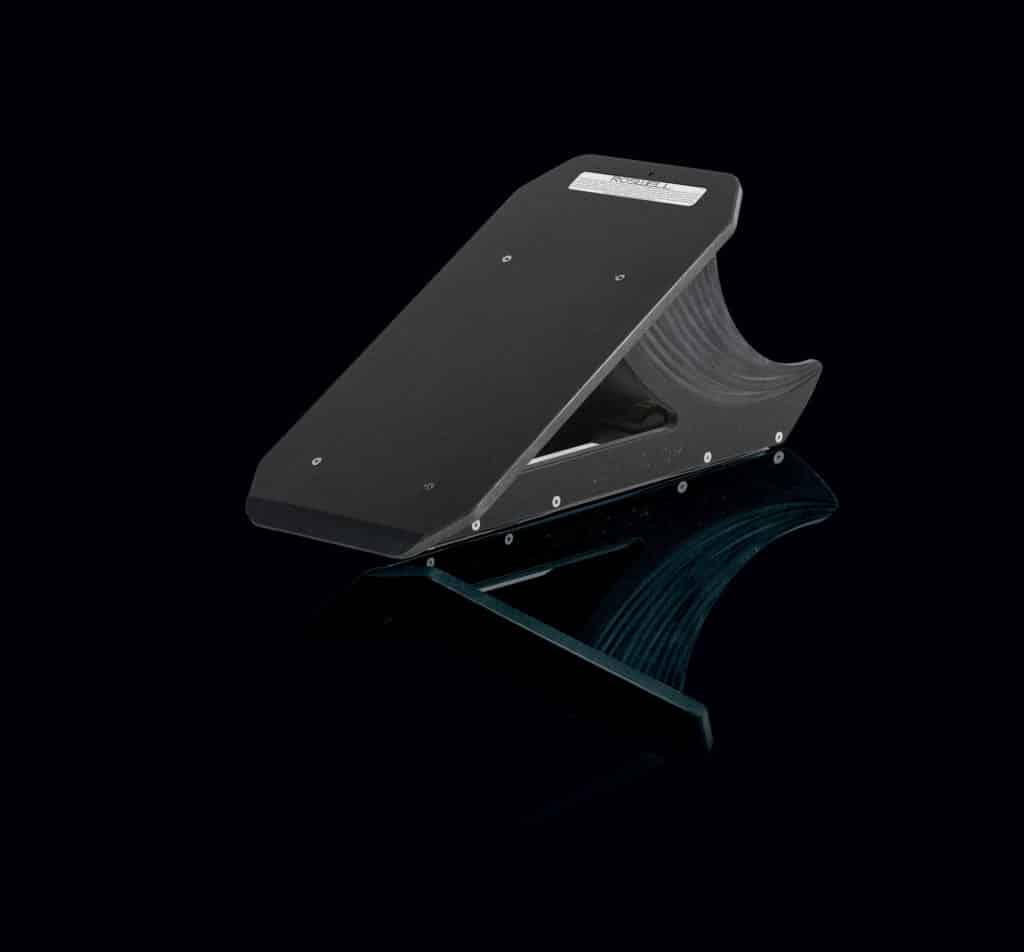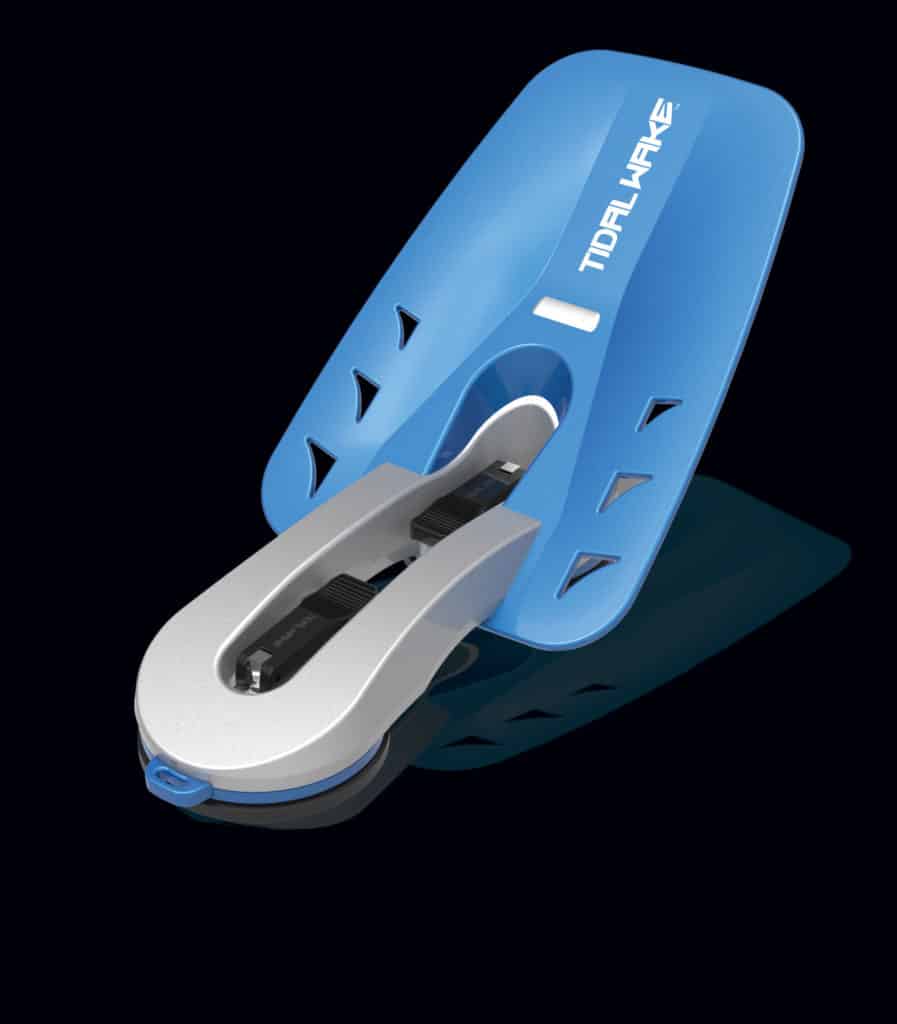
Not all of us own or have access to a modern-day wake boat with built-in wave-making technology such as Malibu’s Surf Gate or Centurion’s QuickSurf. Fortunately, over the past few years there has been growth in aftermarket products that can attach to the side of your boat to help it produce a sizable wave. It’s easy to see how well these products work on older V-drives thanks to marketing videos and social media, but we wanted to take it to the next level. How well would these wake shapers work on a ski boat?

This classic, family-oriented, direct-drive ski boat was one of the best-selling open-bow boats throughout the ’90s. These days it seems comically small when compared to modern wake boats, but keep in mind it was the same hull and dimensions as its V-drive sister of the era, the Sunsetter VLX. Length: 21′
Beam: 93.5″ Garrett Cortese


System: Wakesurf Edge
MSRP: $300
liquidforce.com Courtesy Liquid Force

System: Delta 2.0
MSRP: $398
missionboatgear.com Courtesy Mission Boat Gear

System: Wakesurf Shaper
MSRP: $400
ronixwake.com Courtesy Tony Teske

System: Deflector
MSRP: $400
roswellmarine.com Courtesy Roswell

System: XLR8
MSRP: $259
tidalwake.com Courtesy Tidal Wake

Originally the idea was to compare and contrast the five devices and make notes on how the wake/wave was different—but we quickly realized that wasn’t possible. The differences were too minute to really make accurate comparisons. What we did grasp was that they all worked, and surprisingly well, at that. On a boat as small as the Sunsetter LXi, what matters most is getting some weight in the boat to displace more water. All of the wave-making apparatuses did what they were designed to do, and in the process surprised everybody in the boat with how well they did it. By deflecting and diverting the flow of the water on one side of the ski boat, each device transformed the mushy, turbulent water into a clean wave that was easily surfable for all the riders in our crew—up to 180 pounds. The biggest difference in our setup was weight distribution. While I was photographing, if I moved from the back of the boat to the front, the 175-pound shift made a big difference in the quality and power of the wave. If you have a bigger V-drive with more weight distributed throughout, you will likely notice more differences between each device’s wave shape and characteristics.
Tips
While all the wave shapers made the Malibu Sunsetter surfable, they are all different. Moving the position and angle of each has a different effect on the wave. The bigger units, such as The Wakesurf Shaper and Roswell Deflector, perform better mounted closer to the transom. Others such as the Delta 2.0 and XLR8 seem to do better farther forward. All of this depends on your specific boat—and where these can be mounted based on design characteristics on the side of the boat.
AdvertisementYour board matters, especially on smaller, less powerful waves. A bigger board with more volume will be easier to surf and get into the pocket of the wave.
Each of the devices is relatively easy to mount, thanks to their suction cups—some took more effort than others—and all of them float. This makes changing sides or adjusting positions hassle-free.









